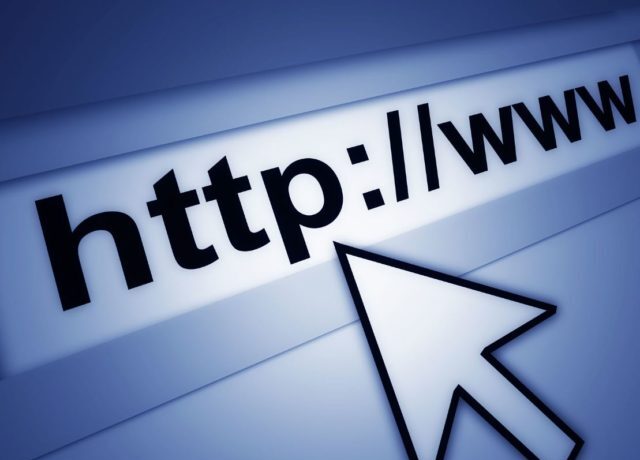The Internet of Things is on the verge of harnessing our lives as it grows to narrow down human processes and make free time more accessible for people. However, the question that comes to mind is, are these devices making us more vulnerable to hacks and personal attacks?
The answer to this is not as simple. While it does condense into a yes in many forms but only if you are not being vigilant with your usage of technology. The IoT is all about information and the protection is not of the gadgets but rather the information stored and transmitted through those said gadgets and devices. The main source of transfer is the internet.
The internet is thus the medium to help IoT be useful and accessible to people. You need a sound connection to run your daily activities and keep your life processes on the go. We recommend a reliable source like Optimum for your internet provider needs, with optimum performance and great customer support.
However, without the internet, technology cannot become smart or give you the full form benefit. The Internet of Things is as smart as it gets. The forecast of IoT devices worldwide interconnected, are to grow by more than 30.9 billion units by late 2025, a sharp jump from 13.8 billion in the year 2021. Read more about what IoT is its usage, security, and other future implications of this technology.
What is the Internet of Things?
The IoT tech is a set of devices that are interrelated to each other. This technology can collect and transfer data over a wireless network, such as WiFi without the help of humans or assistance. For example, we all know what the home device Alexa is and it is part of the IoT devices. This is not just about phones or laptops. It can be any device that has an on-off switch and connect to the internet, which is part of the Internet of Things. In computer terms, anything that can be assigned an Internet protocol address and transfer data over a network can be part of the IoT.
An example would be the devices capable of connecting to the internet and performing functions without manual human input. This could include a device such as a heart-monitoring device controlled with the help of an application, connected via the internet.
Usage of the Internet of Things
There are so many different ways, that IoT can work. Some of the devices or applications are:
Wearables: Some examples can be seen in our daily life, such as fitness trackers, smartwatches, smart glasses, and virtual reality devices like headsets.
Smart Homes: Helps to automate home setups, and remote controlled or app control makes it easy. Such as wireless kitchen appliances, smart lighting, automated tools, windows, blinds, doors, vacuums, smart utility meters, and so on.
Smart Cities: IoT sensors, and monitors to track road traffic, smart infrastructure, public utilities, self-driving cars & public transport, and other services.
E-commerce: People can now see 3D and 4D visuals of products and even test them or real avatars to see if the product fits, while for products people can get reviews in an instant about whatever they need, and with the help of data, get suggestions plus other options to go for. This makes spending faster, and easier, and saves time shopping at the malls.
Telehealth: The delivery of medication and health services online via technology, such as remote medical diagnoses, digital communication of medical imaging, video consultation, and monitors, which doctors can see online, connected to the patient elsewhere.
The Pros Of the Internet of Things
The Implications Of the Internet of Things
- Unlimited Data: People can find unlimited data and information online, risking their own. Big data is making advancements and information is readily available, with people more prone to the risk of this information being compromised. However, big data is creating safety networks to guard this collection of information.
- Vulnerable to Hacking: Precisely because of a lot of data online and transferring between devices with no safety provision, it creates a vulnerability for hacking and such.
- Personal Data Compromised: Due to the vulnerability of data breaches, personal data is more at risk now than ever, which has to be controlled through encryption and data safekeeping on the cloud.
- Monitor & Control: Lastly, with sudden changes, data is at risk. Thus, there has to be more control and monitoring of data and devices, both through governmental cybercrime laws and safeguards by manufacturers of IoT devices.
The Future of the Internet of Things
For this technology to be most useful to the people and the societal institutes, it has to improve in certain fields.
The tech industry has to focus on taking security seriously and work to provide safer transfer of data and communication between IoT devices. This can work with embedded security and end-to-end encryption, as well as the use of AI, blockchain, and edge computing solutions to keep the system cyber-attack and malware-free. The question is, at some point, will this data bank exhaust all safety measures? This is something debatable.
Besides security, the future holds a huge potential in AI and 5G networks growing within IoT devices, making them mobile, secure, and easy to use for multi-function projects. This will help companies to establish efficiency in their process, help the public to build smoother lifestyles, and create better economies as a result of time-saving through better lives of the people and a more satisfied index of people in the country with improved lives.
The future holds unlimited possibilities with new tech advancements –exploration is undefined and the world is moving to new heights.







